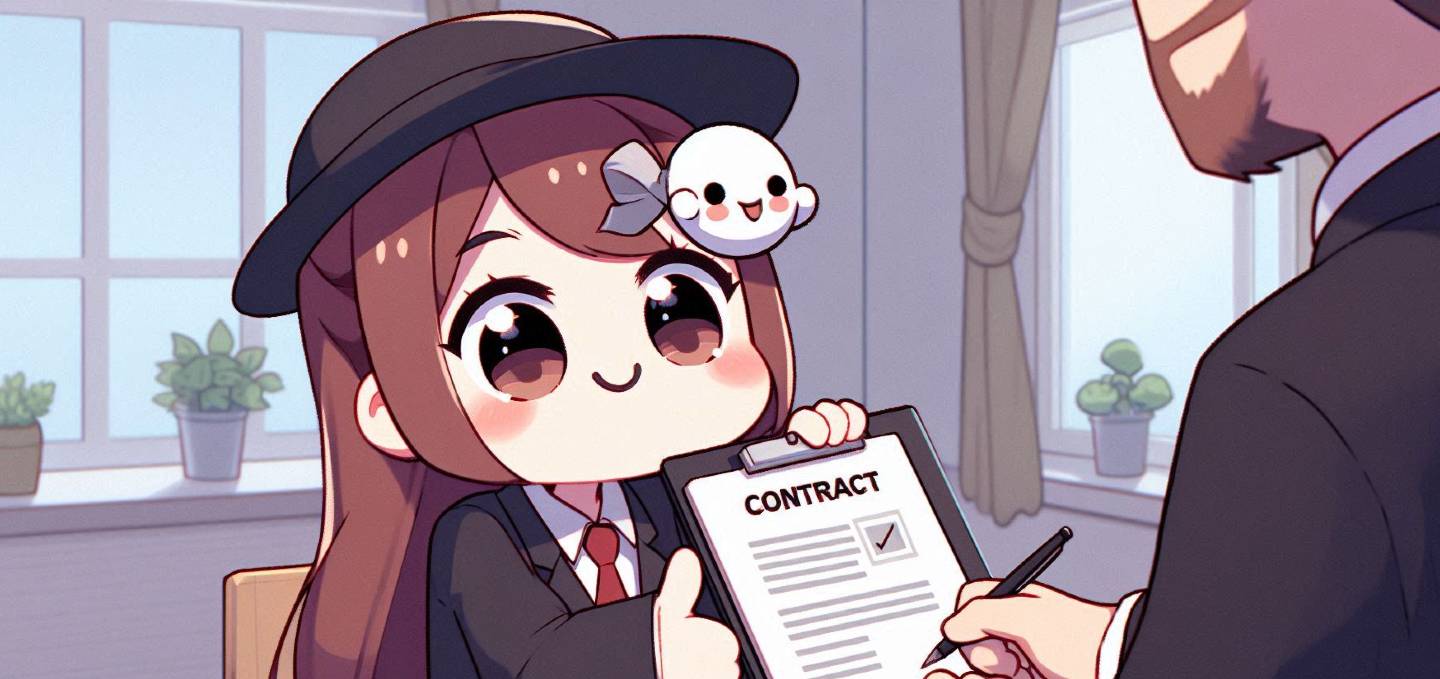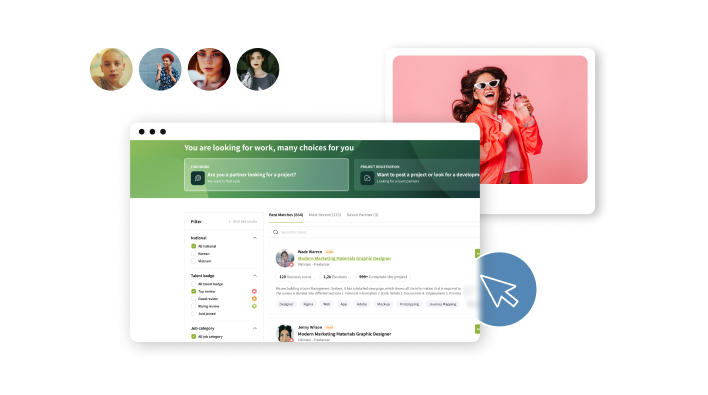I’ve been working as a freelancer for nearly 20 years. Over time, I’ve met countless clients—and through those experiences, I’ve developed my own clear definition of what makes a good client. That’s what I’d like to share today.
Why do you work? Is it to make money, or purely for personal satisfaction? If you’re not working for income, this post might not be for you. As for me, I chose freelancing because I wanted to earn more—and over the years, I’ve come to one simple realization:
A good client is one who pays well.
What Does “Pays Well” Really Mean?
It doesn’t necessarily mean a client who pays a large amount in one go. Those clients are rare. To me, a truly valuable client looks like this:
A client who pays $100 every month for a year is far more valuable than one who pays $1,000 just once.
Clients who provide consistent work over time are worth much more in the long run. Why? Because consistency builds trust—and trust leads to more opportunities.
And it’s not just about “finding” clients like these. It’s about learning how to build and maintain those relationships.
What Does “Pays Well” Really Mean?
When I say “good client,” I don’t mean someone who pays a huge sum all at once. In reality, those kinds of clients are rare. Here’s what I believe a truly good client looks like:
A client who pays $100 every month for a year is far more valuable than one who pays $1,000 just once.
Clients who offer consistent work over the long term bring much more value. Why? Because over time, you build trust. And with trust comes new opportunities.
It’s not just about *finding* these clients— it’s about building those relationships intentionally.
Good clients aren’t just found. They’re created—through the way you manage and nurture the relationship.
3 Principles for Creating Good Clients
1. Never Deliver Low-Quality Work Just Because You're Paid Less
If you lower your quality to match a low fee, clients will start seeing you as “cheap.” And no—it doesn’t mean you should deliver high-quality work for low pay either. If the pay doesn’t match your standards, it’s better to walk away. That’s how you protect your value as a professional.
2. Only Work with Clients Who Pay on Time
Clients who don’t pay on time will eventually cost you more than money—they’ll drain your time and energy. In my experience, clients who miss payment deadlines almost always cause trouble down the road. On the other hand, those who pay exactly when they say they will? They build trust—and that trust often leads to more work.
Never fall for the “I’ll pay later” excuse. If they don’t respect the payment date, they won’t respect your work either.
3. Always Charge for Additional Requests
It’s common for clients to ask for things outside the original scope of work. If you just say yes without mentioning it, they’ll start expecting it as a given. Every additional request should come with a fair additional fee.
Even if you decide to do it for free, make it absolutely clear: “This is outside of our original agreement, and I’m making an exception just this once.” Setting boundaries early builds mutual respect.
Good clients don’t just appear—they’re built. The key is to grow together by establishing trust through consistent, respectful communication.
P.S. This is just my personal view, but I firmly believe that client management should only apply to those who respect these three principles. If a client keeps pushing boundaries or asking for more without fair compensation, it’s better to walk away from the relationship.
Clients who don’t respect your boundaries will eventually drain your time, energy, and even self-worth. To thrive as a freelancer, you need to not only attract good clients—but also have the courage to say no to the wrong ones.
Conclusion
If you want a sustainable freelance career, it’s not just about doing “good work”— it’s about working with clients who offer “good pay.” And remember, good clients aren’t just found. They’re built—through your mindset, choices, and communication.
That said, the principles I’ve shared are based on my experience. What matters most is finding the approach that works best for *you.*
Just don’t forget—real partnerships aren’t one-sided. A healthy client relationship is built on mutual respect and trust. That’s the true asset of a long-term freelancer.














0 Bình luận
Bài viết này chưa có bình luận nào.
Hãy là người đầu tiên bình luận.Để lại bình luận